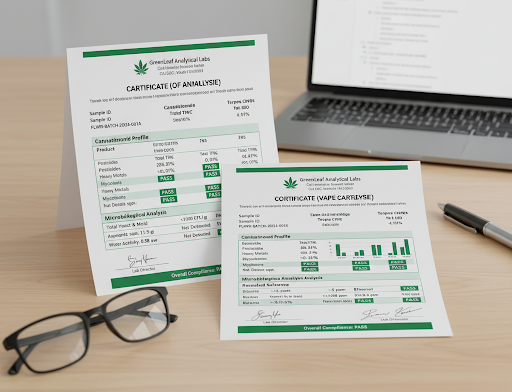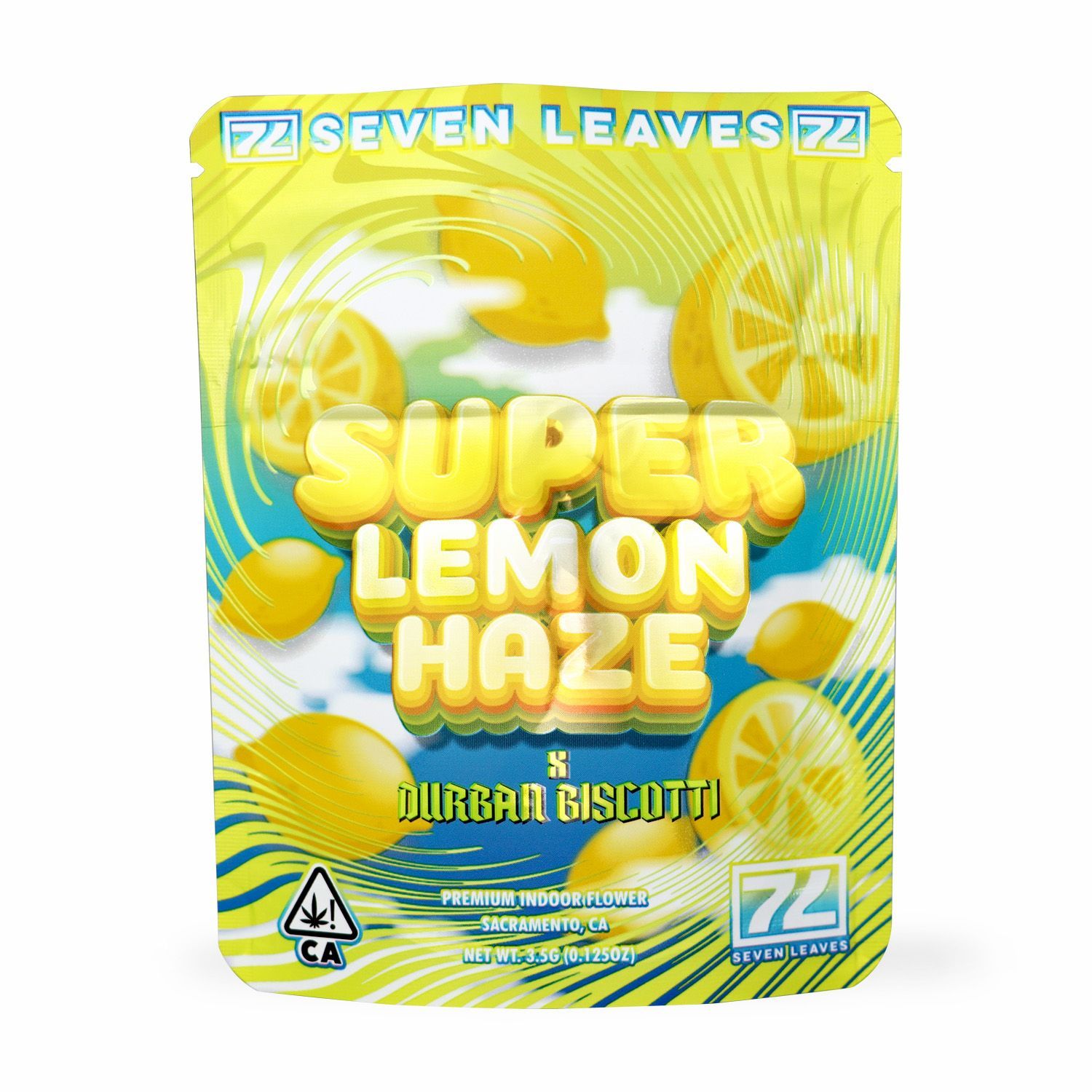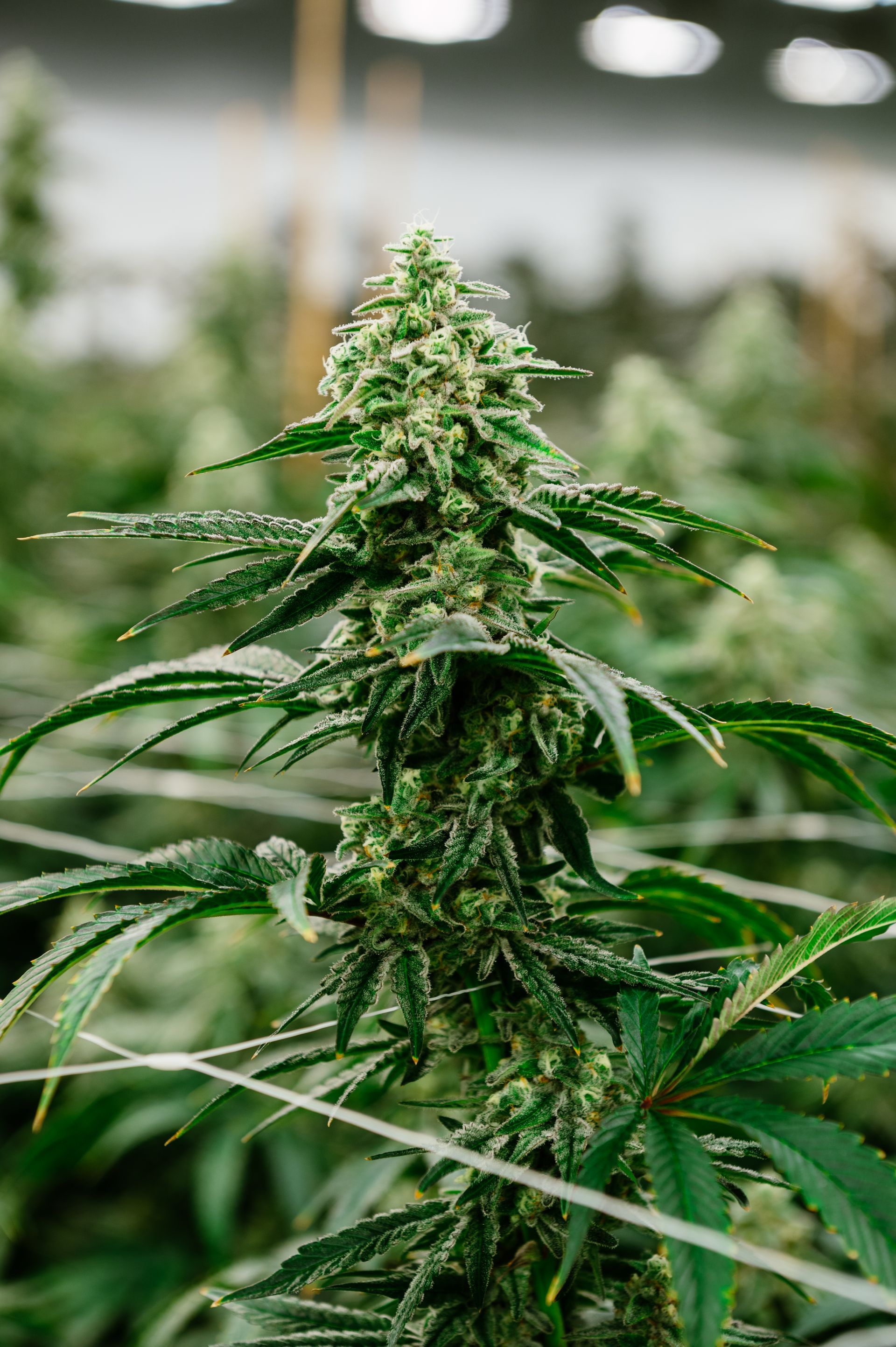Cultivating cannabis indoors offers unparalleled control over environmental factors, but it also creates a unique ecosystem where pests and pathogens can thrive if not properly managed. For California cultivators, understanding and adhering to the Department of Cannabis Control (DCC) regulations is paramount. This comprehensive guide will walk you through common indoor cannabis threats, effective integrated pest management (IPM) strategies, and the vital role of laboratory testing.
The Unwanted Guests: Common Pests and Pathogens
Even in a controlled indoor environment, various unwelcome visitors can jeopardize your cannabis crop. Early detection and identification are key to successful eradication.
Fungal Foes:
- Powdery Mildew: This ubiquitous fungal disease appears as white, powdery spots on leaves, stems, and even buds. It thrives in high humidity and poor air circulation. Left unchecked, it can significantly reduce yield and potency, and render your crop unsaleable.
Microscopic view of powdery mildew fungi on a cannabis plant.
- Botrytis (Gray Mold): This destructive mold often attacks buds, especially dense ones, turning them soft, brown, and fuzzy. High humidity and stagnant air are prime conditions for botrytis.
A cannabis bud infected with gray mold (Botrytis).
- Root Rot (Pythium, Fusarium): These soil-borne fungi attack the roots, leading to wilting, stunted growth, and eventually plant death. Overwatering and poor drainage are common culprits.
Insect Intruders:
- Spider Mites: These tiny arachnids are notorious cannabis pests. They feed on plant sap, causing small yellow or white spots (stippling) on leaves, and can create fine webbing, especially on the undersides of leaves.
Cannabis leaf heavily infested with spider mites and their webbing.
- Broad Mites and Russet Mites: These microscopic mites are even more challenging to detect than spider mites. Broad mites cause distorted, glossy, and stunted new growth, while russet mites lead to bronzing and a "salty" appearance on leaves.
Close-up of a cannabis leaf showing damage from russet mites.
- Fungus Gnats: While the adult gnats are mostly a nuisance, their larvae feed on roots, especially in moist growing mediums, hindering nutrient uptake.
- Aphids: These small, soft-bodied insects cluster on new growth and the undersides of leaves, sucking sap and secreting sticky "honeydew," which can lead to sooty mold.
- Thrips: Tiny, slender insects that scrape plant cells, leaving silvery streaks and black fecal spots on leaves.
Other "Bad Things":
While less common indoors, other issues can arise:
- Viruses: Viruses can cause various symptoms like leaf discoloration, malformation, and stunted growth. There are no cures for viral infections; prevention and removal of infected plants are critical.
- Nutrient Deficiencies/Toxicities: While not pests or pathogens, improper nutrient management can weaken plants, making them more susceptible to attack.
- Bats: In an indoor setting, bats are extremely rare. However, any unexpected animal presence could introduce diseases or cause physical damage. Proper sealing and exclusion are key.
- Asparagus: This is likely a misunderstanding; asparagus is a vegetable, not a cannabis pest or pathogen.
Integrated Pest Management (IPM) for Cannabis
IPM is a holistic, sustainable approach to pest and pathogen control that minimizes risks to human health and the environment. It combines cultural, biological, and chemical methods.
1. Cultural Controls (Prevention is Key!)
- Sanitation: The single most important IPM strategy.
- Room Sanitation: Before starting a new grow, thoroughly clean and sterilize your grow room, including floors, walls, and equipment. Use a bleach solution or horticultural disinfectant.
- Personal Hygiene: Always wear clean clothes when entering the grow room.
- Tool Sterilization: Sterilize pruning shears and other tools between plants to prevent the spread of diseases. * PPM (Personal Protective Measures): While "PPM" most commonly refers to parts per million (e.g., in nutrient solutions), in the context of personal protection, you're likely referring to PPE (Personal Protective Equipment). When working in a cannabis grow room, especially when applying pesticides or sanitizers, appropriate PPE such as gloves, eye protection, and respirators (if chemicals are being used) is crucial to protect yourself from exposure.
- Airflow and Climate Control:
- Optimal Temperature and Humidity: Maintain consistent temperatures (e.g., 70-80°F or 21-27°C) and relative humidity levels (e.g., 50-70% during vegetative, 40-50% during flowering). Fluctuations stress plants and create ideal conditions for molds.
- Good Air Circulation: Use oscillating fans to create gentle air movement throughout the canopy. This strengthens stems, prevents stagnant air pockets where mold thrives, and makes it harder for flying pests to land.
- Negative Pressure: Maintain slight negative pressure in your grow room to prevent unfiltered air (and pests) from entering when doors are opened.
- Quarantine New Plants: Always isolate new clones or plants for at least a week to monitor for pests or diseases before introducing them to your main grow.
- Sterile Growing Mediums: Use high-quality, sterile soil or soilless mediums to prevent root-borne pathogens.
- Healthy Plants: Well-fed, properly watered, and unstressed plants are more resilient to pest and disease attacks.
2. Biological Controls
This involves introducing beneficial organisms to control pests.
- Predatory Mites: For spider mites, predatory mites like Phytoseiulus persimilis are highly effective. For broad and russet mites, Amblyseius swirskii or Neoseiulus cucumeris can be used.
- Beneficial Insects: Ladybugs and green lacewings can control aphids.
- Nematodes: Entomopathogenic nematodes can control fungus gnat larvae in the soil.
- Fungi/Bacteria: Some beneficial fungi (e.g., Trichoderma spp.) and bacteria can protect roots from pathogenic fungi.
3. Chemical Controls (Used Sparingly and Wisely in California)
In California, the list of approved pesticides for cannabis is strictly regulated by the Department of Pesticide Regulation (DPR). Always check the most current list of approved pesticides.
- OMRI-Listed Products: Many cultivators opt for Organic Materials Review Institute (OMRI) listed products, which are typically safer and more environmentally friendly.
- Insecticidal Soaps/Horticultural Oils: These can be effective against soft-bodied insects like aphids, spider mites, and thrips by suffocating them.
- Neem Oil: A natural repellent and insecticide that disrupts insect growth and feeding.
- Sulfur Sprays: Can be effective against powdery mildew, but should be used with caution as it can damage sensitive plant tissues and interact negatively with certain oils.
- Biological Pesticides: Products containing Bacillus thuringiensis (Bt) can control certain caterpillars, while Beauveria bassiana is a fungus that infects and kills various insects.
Crucial California Regulations for Pesticide Use:
- Approved List: Only pesticides specifically approved by the California DPR for use on cannabis may be applied. Using unapproved pesticides is illegal and will result in your product failing testing.
- Label Adherence: Always read and follow the pesticide label instructions meticulously regarding application rates, timing, and pre-harvest intervals (PHI).
- Documentation: Maintain detailed records of all pesticide applications, including the product name, active ingredient, date, dose, and who applied it.
The Department of Cannabis Control (DCC) Testing Regulations
California has some of the most stringent cannabis testing regulations in the world, designed to protect public health and ensure product quality. All cannabis products sold in the regulated market must undergo mandatory testing by licensed, independent laboratories.
What DCC Labs Test For:
- Cannabinoid Potency: Measures the concentration of THC, CBD, and other cannabinoids.
- Terpenes (Optional but Common): Identifies and quantifies aromatic compounds.
- Moisture Content and Water Activity: Ensures proper drying and prevents mold growth.
- Heavy Metals: Tests for lead, arsenic, cadmium, and mercury.
- Pesticides: Screens for a comprehensive list of over 60 prohibited pesticide active ingredients. This is why using only DPR-approved pesticides is critical.
- Microbiological Contaminants:
- Total Yeasts and Molds: Measures the overall fungal load.
- Aspergillus spp. (flavus, fumigatus, niger, terreus): Tests for specific, highly pathogenic Aspergillus species that can produce mycotoxins and cause respiratory issues, especially in immunocompromised individuals.
- E. coli (STEC): Tests for Shiga toxin-producing E. coli.
- Salmonella spp.: Tests for Salmonella bacteria.
- Mycotoxins: Tests for Aflatoxins B1, B2, G1, G2, and Ochratoxin A, which are toxic compounds produced by certain molds (like Aspergillus).
- Residual Solvents (for concentrates): Measures leftover solvents from extraction processes (e.g., butane, propane, ethanol).
- Foreign Material: Visually inspects for any foreign matter like hair, dirt, or insects.
The Certificate of Analysis (CoA): Your Product's Report Card
After testing, a licensed lab issues a Certificate of Analysis (CoA), which is a crucial document for every batch of cannabis product. The CoA provides transparency and verifies that the product meets all regulatory standards.
What is Required on a California Cannabis CoA:
While the exact format can vary, a California DCC-compliant CoA must include:
- Lab Information: Name, license number, and contact information of the testing laboratory.
- Sample Information: Unique sample ID, batch number, product type, and date of collection.
- Cannabinoid Profile: Detailed percentages/concentrations of THC, THCa, CBD, CBDa, etc.
- Terpene Profile (if tested): Identification and quantification of various terpenes.
- Pesticide Screening Results: Indication of "Pass" or "Fail" and the detected levels (if any) of prohibited pesticides.
- Heavy Metal Results: "Pass" or "Fail" for each heavy metal, with detected concentrations.
- Microbiological Results: "Pass" or "Fail" for Total Yeasts & Molds, Aspergillus spp., E. coli, and Salmonella. Specific counts for yeasts and molds are often included.
- Mycotoxin Results: "Pass" or "Fail" for specific mycotoxins, with detected concentrations.
- Moisture Content and Water Activity.
- Residual Solvents (for concentrates).
- Foreign Material Inspection Result.
- Date of Testing and Date of Issue.
- Signature of an authorized laboratory representative.
- Regulatory Limits: Often includes the maximum allowable limits for contaminants next to the detected levels.

Two example Certificates of Analysis for cannabis products.
Conclusion
Successful indoor cannabis cultivation in California demands a proactive, vigilant, and compliant approach to pest and pathogen management. By implementing robust IPM strategies, maintaining meticulous sanitation, controlling your environment, and understanding the stringent DCC testing requirements, cultivators can produce clean, safe, and high-quality cannabis that meets the market's demands and protects consumers. Regular scouting of your plants, like this dedicated cultivator, is essential for early detection and intervention.




